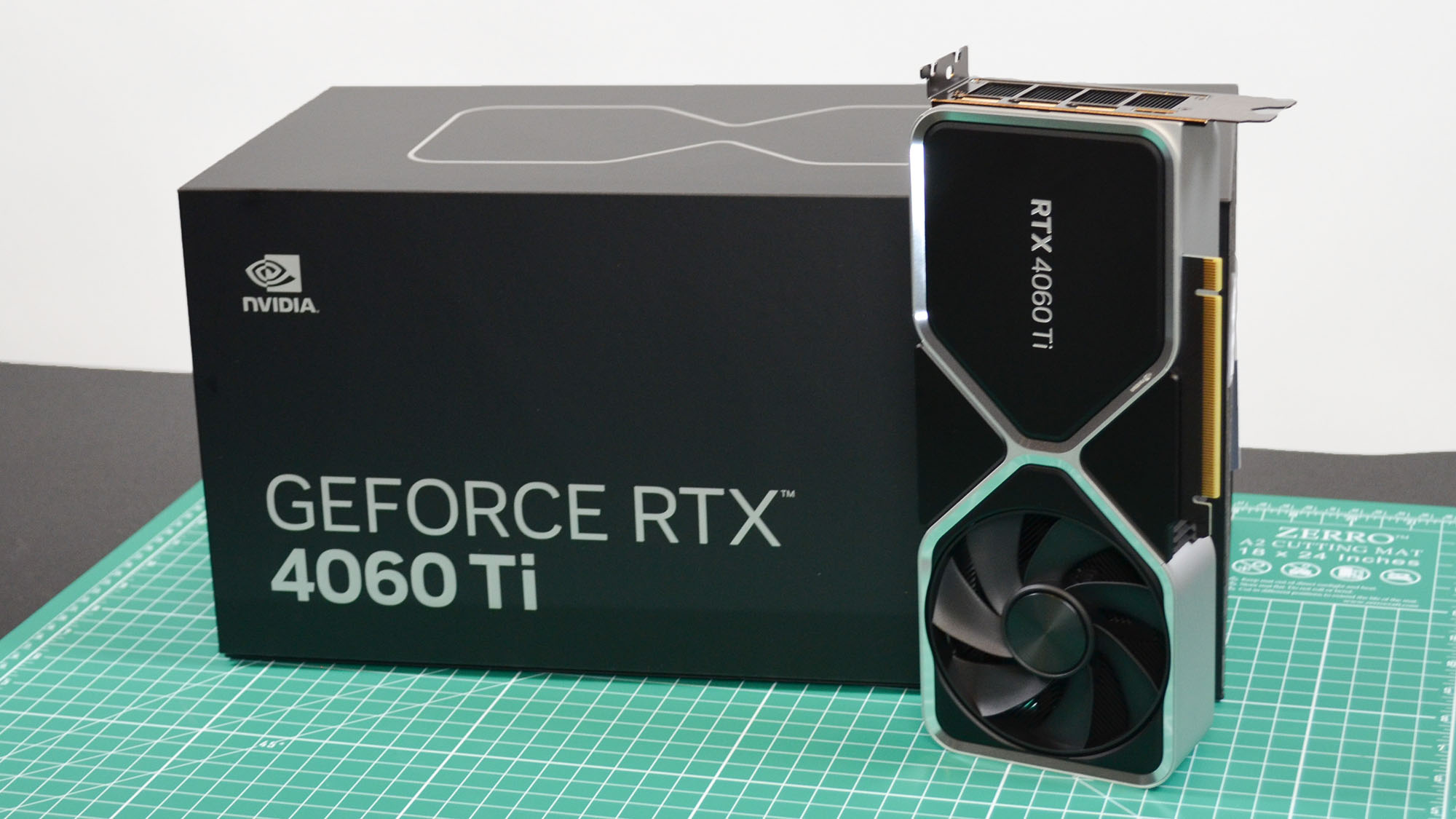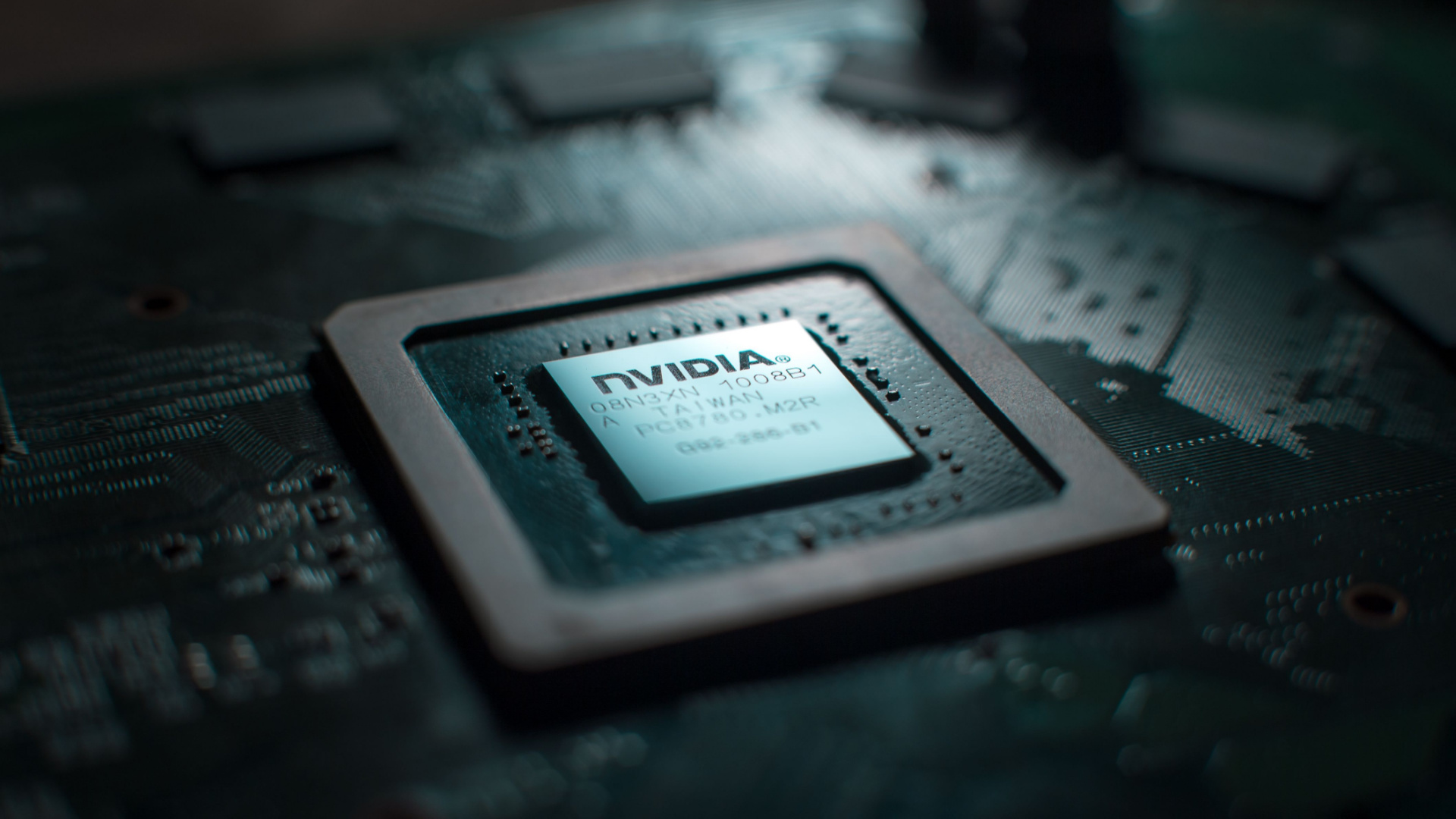
The RTX 4060 Ti is the latest graphics card from Nvidia, but after a few days on sale, it looks like it might be a flop.
This could be worrying for Nvidia, as only a few years ago, a (relatively) affordable entry in its latest generation of GPUs, offering advanced features such as ray tracing and DLSS 3, would be an inevitable smash hit.
However, as Wccftech reports, it seems that the RTX 4060 Ti has got off to a very slow start. According to a tweet from GDM, a firm that monitors sales in Japan, only one person bought the RTX 4060 Ti from a well-known store.
【アキバ取材班:GeForce RTX 4060 Ti深夜販売】販売解禁されましたが、ドスパラ秋葉原本店で1名が購入したのみで終了しましたhttps://t.co/LmmqCCaOR9 pic.twitter.com/u9LSM1exN8May 24, 2023
Worryingly, it seems the RTX 4060 Ti is also struggling in markets that are traditionally keen on PC gaming. For example, in Germany, the major retailer Mindfactory apparently only sold 30 RTX 4060 Ti cards during the launch period.
If that seems low, then it is – the RTX 4070, launched in April, apparently sold 315 units during the same time frame, and the 4070 Ti, launched in January, sold 540 units.
Even those better sales numbers are a long way off what the previous RTX 3000 generation were clocking up. So, what’s happening, and what can Nvidia learn from this?

Learning lessons
For a start, it’s important to bear in mind that the current landscape when it comes to graphics cards and demands are very different from the previous generation.
When the RTX 3000 series GPUs launched, the world was in the midst of the global Covid-19 pandemic, which in turn led to a major chip shortage as lockdowns affected the foundries that produced the chips, including ones used to make graphics cards.
This coincided with a rise in value for cryptocurrencies, which led to some people bulk buying GPUs for mining – the process of generating cryptocurrency. Both of these factors led to stock shortages for modern GPUs which essentially meant that Nvidia (and its rival AMD) pretty much sold every GPU it could make.
This also meant that new GPU launches became a bit of a feeding frenzy as people desperately tried to get hold of a graphics card – and this scarcity ended up making GPUs seriously in-demand products.
However, things are very different these days. While Covid-19 is still with us, it isn’t causing widespread lockdowns that impact component production. The cryptocurrency bubble has also burst, leading to an influx of second-hand GPUs hitting the market.
The excitement and hype around new GPU launches, then, feel a bit diminished. There’s not much Nvidia can do about this (I wouldn’t recommend starting a new pandemic or artificially limiting stock to drive up consumer interest), but there are still lessons it can learn from the current climate and customer demand.
One of the most pressing issues for many of us at the moment is the cost of living crisis, which has made many day-to-day things in our lives more expensive – and that has made extravagant purchases such as new GPUs far less tempting.
While the RTX 4060 Ti is a welcome sign that Nvidia is looking to woo more budget-conscious gamers, rather than pushing super-high-end cards like the RTX 4090, at $399 (about £240, AU$600) it’s still a pricey proposition, and the performance (as we discuss in our own Nvidia GeForce RTX 4060 Ti review) doesn’t justify the price tag.
Worse, in some markets, like Japan, local taxes have made the GPU more expensive – and a budget GPU without the budget price tag is understandably not going to break sales records.
In fact, as Videocardz reports via a 3DCenter tweet, sales were so dire, that just four hours after launch, Mindfactory dropped the price of the Palit GeForce RTX 4060 Ti to €419 – which is €20 below MSRP (Manufacturer Suggested Retail Price).
GeForce RTX 4060 Ti market start in 🇩🇪🇦🇹 +4hAlternate: 439-519€ (13 available offers, 6 at MSRP)Asus: 440-500€ (2/1)Caseking: 439-529€ (10/4)Mindfactory: 419-509€ (5/2)Notebooksbilliger: 439-499€ (8/3)MF is now going –20€ below MSRP. But sold just ~20 units overall.May 24, 2023
I’ve certainly never seen a GPU get a price cut on its launch day, and while it might not be great news for Nvidia, it is for PC gamers. GPUs were so scarce a few years ago that when they went on sale, they often went for much more than their MSRP. To see a graphics card going for much more sensible money is very welcome indeed.
Hopefully, this will also show Nvidia that consumers are much more price-conscious at the moment, so the company will hopefully add more value to its upcoming releases. With its rival AMD showing the company how it’s done with the excellent AMD Radeon RX 7600, which has just launched for $269, (about £215/AU$405), Nvidia needs to prove to gamers that it understands that money is tight at the moment, and offer the most bang for the buck.
Another issue with the lack of excitement of the GeForce RTX 4060 Ti is that it doesn’t feel like a big generational leap over the RTX 3060 Ti, offering between 10 – 20% better performance in games. While that gap can widen with the use of DLSS 3 for games that support it, it’s still no surprise that a minor bump in performance won’t have people rushing out to buy.
Again, Nvidia will hopefully come up with graphics cards either in this generation or the next that really show a leap in performance and that will get us excited again.
Nvidia remains the most popular GPU maker in the world, and its share price has recently soared to new highs due to excitement around its artificial intelligence plans. So, I doubt there are too many sleepless nights being had at Nvidia HQ over the RTX 4060 Ti’s tepid sales. However, if this trend of lower sales continues, it might be time for a wake-up call.







